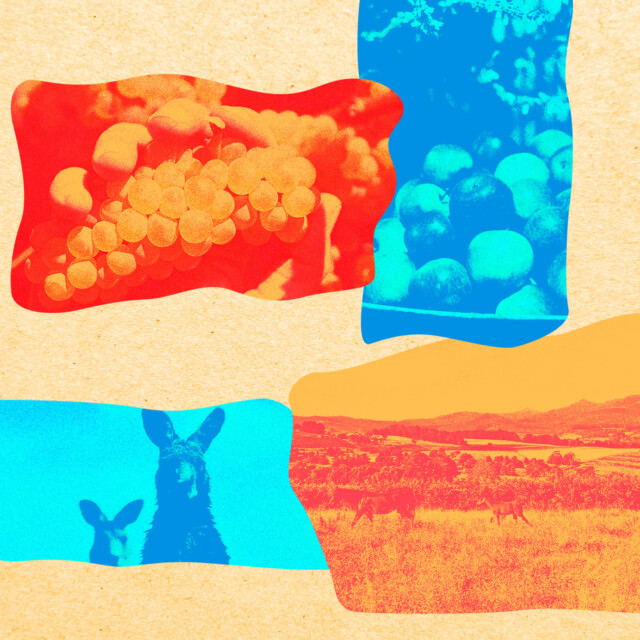The undisputed king of New South Wales has long been Hunter Valley, Australia’s oldest wine region. But in recent years, a neighboring region has gained prominence, luring wine lovers with its boutique growers, vibrant dining scene, and spirit of innovation.
Enter Orange, a cold-climate wine region located under four hours’ drive west of Sydney, just beyond the peaks of the World Heritage-listed Blue Mountains. One of two wine regions in Australia defined by elevation, Orange is home to over 60 vineyards, all situated at a minimum altitude of 1,968 feet above sea level. The climate is characterized by relatively warm days, cool nights, reliable precipitation, and abundant sunshine, promoting the growth of a wide variety of grapes — from cold-weather varieties like Chardonnay, Riesling, and Pinot Noir to more exotic grapes like Nebbiolo, Prosecco, and Tempranillo. Dominating the region is the mighty Mount Canobolas, a volcano that erupted 12 million years ago, forming the region’s rich basalt soils.
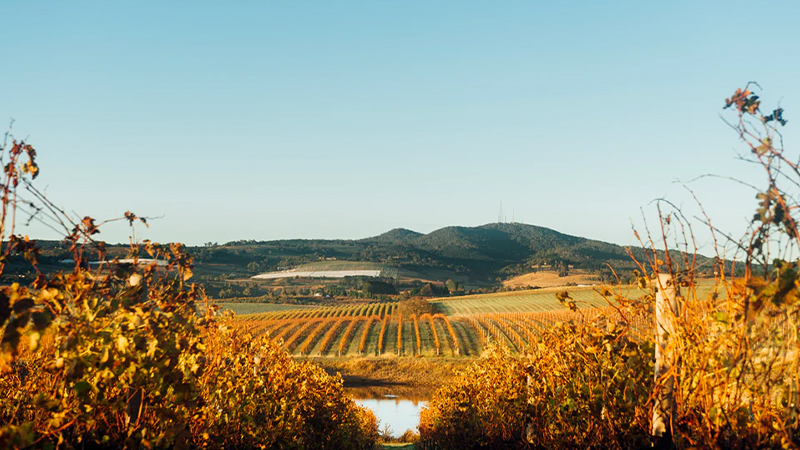
While the region’s first modern vineyards were only planted in 1980, its agricultural roots stretch back more than a century to 1860, when early settlers planted fruit orchards, including table grapes. Today, there are dozens of farms blanketing Orange’s undulating hills (hence its nickname, “Australia’s Food Basket”). It’s also home to Australia’s longest-running food festival.
“Not only is it a physically quite striking place,” says local winemaker Daniel Shaw of Philip Shaw Wines, “it’s one of the only regions in Australia where [the development of a wine industry] was led by food and followed by wine.”
Here’s a guide to the region’s top wineries.
Ross Hill
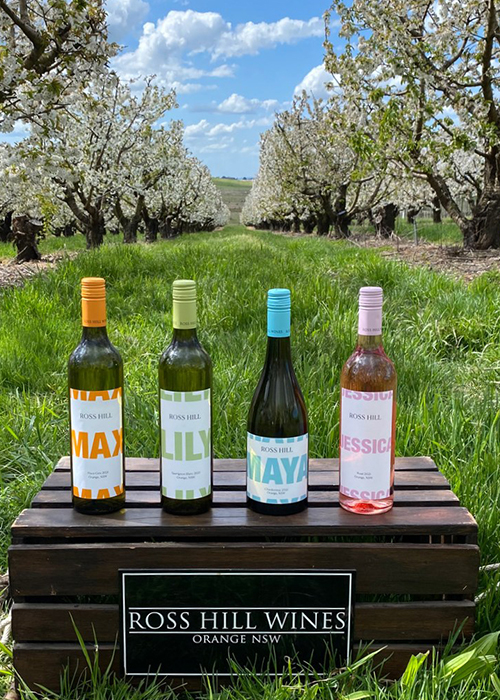
Husband and wife James and Chrissy Robson are at the helm of Ross Hill, Australia’s only carbon-neutral winery — a certification they obtained through the use of solar energy, natural fertilizers, grazing sheep, and the repurposing of skins and seeds, among other practices. Previously an apple and cherry orchard, the Wallace Lane vineyard is one of the highest and coolest in the region, planted with Sauvignon Blanc, Pinot Gris, and Pinot Noir at 1,020 meters above sea level. But it’s Ross Hill’s original Griffin Road site that produces its exquisite Cabernet blends. Twice a year, the winery hosts its popular Long Lunch, a ticketed event for up to 180 guests, during which wines are paired with dishes from celebrated local chefs. Other on-site events include cooking demonstrations and wine education sessions.
Bloodwood
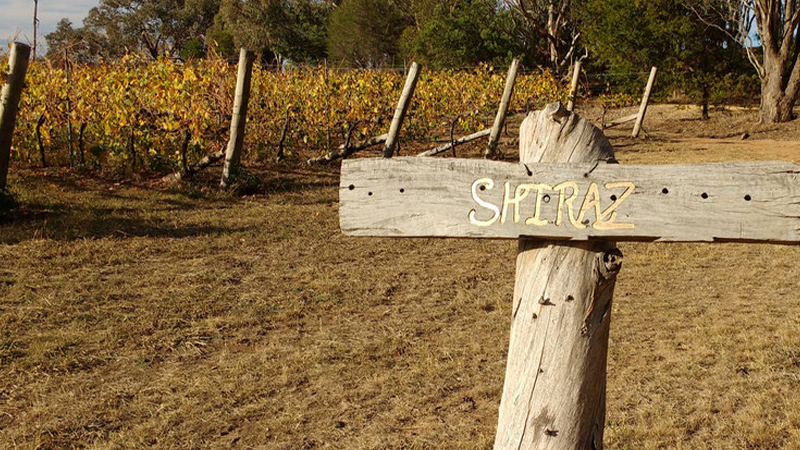
In 1983, Stephen and Rhonda Doyle established one of the first commercial vineyards in Orange when they planted a “Blend Block” of Cabernet Franc, Merlot Noir, Malbec, and Cabernet Sauvignon. In 1992, their wine won best Cabernet in the Hunter Valley wine show — which, as Jancis Robinson writes, was “pretty remarkable, not least because hardly anyone there had even heard of Orange.” Today, Bloodwood produces a range of red and white styles, including the “Big Men in Tights” rosé, the delicate botrytized “Silk Purse” Riesling (grown in deep, loose gravelly soil), and the 100 percent Cabernet Franc, a rarity in Australia. Travelers can discover Bloodwood wines on the menus of the region’s top restaurants, like Charred Kitchen & Bar.
Printhie
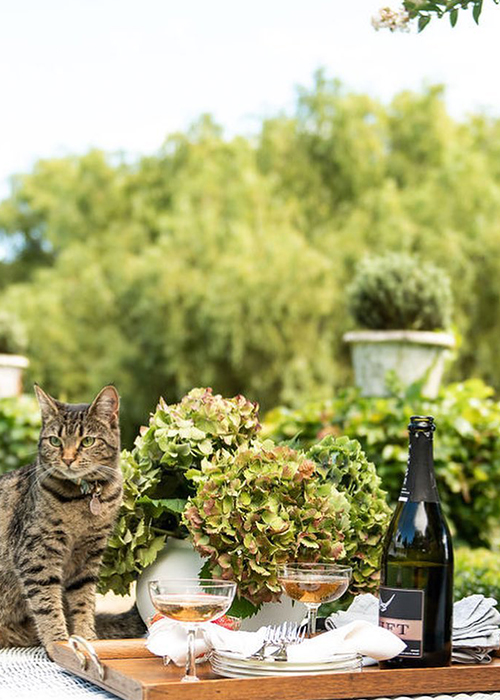
In 2013, brothers Ed and Dave Swift made headlines when they debuted a sparkling wine made using the same method as Champagne. It was the first méthode traditionelle sparkling ever produced in New South Wales. Blended from hand-harvested Chardonnay and Pinot Noir, the wines spend a minimum of six years on lees (and up to 10 for its flagship blanc de blancs) and boast complex flavors with brilliant freshness and finesse. Visitors can taste the range plus other bottles at Printhie’s handsome new cellar door, complete with a design-forward restaurant offering degustation menus. The winery can also arrange vineyard-side picnics and helicopter tours.
Philip Shaw Wines and Hoosegg
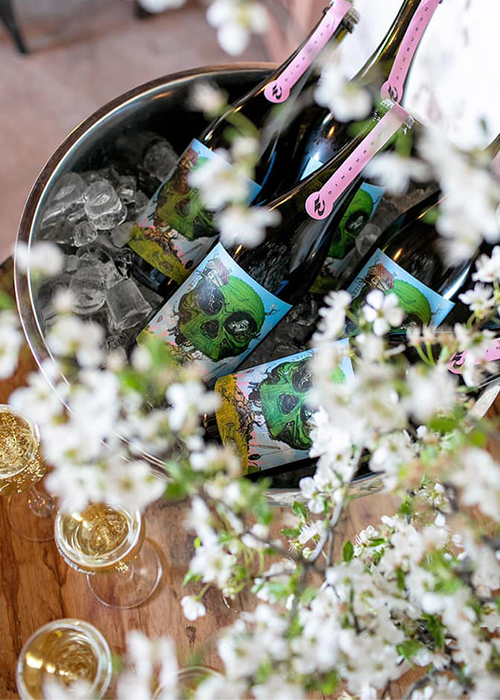
Acclaimed winemaker Philip Shaw was flying in a plane when he spotted the slopes of Mount Canobolas and Orange’s rolling, orchard-covered hills. He returned the next week to investigate, and in 1989, he planted his 123-acre Koomooloo vineyard, convinced that Orange was the optimal place to grow grape vines. The bet paid off: In 2000, Shaw was recognized as the Winemaker of the Year at the International Wine & Spirit Competition (he was previously honored with the distinction in 1986, too). Recently he passed ownership of Philip Shaw Wines to his sons, Damian and Daniel. Now, he’s focusing his attention on his new venture, Hoosegg Wines. The premium label sources select fruit from select blocks of Koomooloo and uses state-of-the-art equipment and new oak to produce a limited range of single varietals and blends. With illustrated labels and cheeky names (“Everything is Going According to Plan Chardonnay”), these wines stand out on the shelves of local shops like Orange Cellars.
See Saw Wines
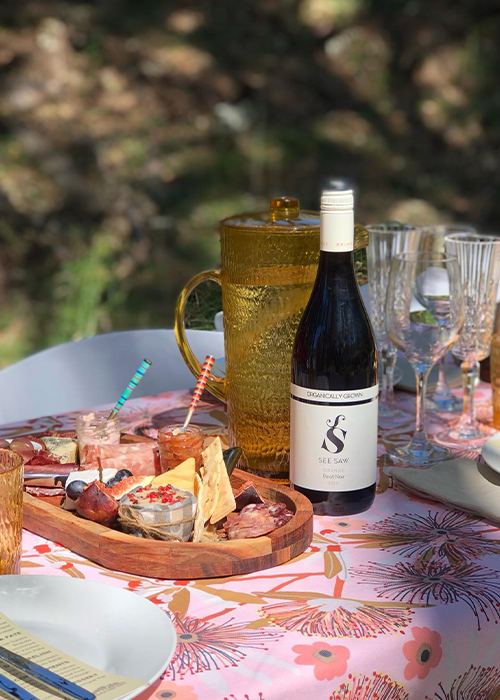
Spread across three sites of varying elevations, this family-owned winery has nearly 500 acres under vine and grows an array of red and white grapes, several of which — including Prosecco and Marsanne — can only be found here. Owners Pip and Justin Jarrett are committed to low-intervention winemaking; the wines are certified organic and vegan, and many are made from wild fermented yeasts. We recommend the skin-contact wines, particularly the See Saw Samm, a tannic and slightly smoky blend of Sauvignon blanc and Marsanne, and the Pinot Gris and Gewürztraminer “Gee Gee” blend.
